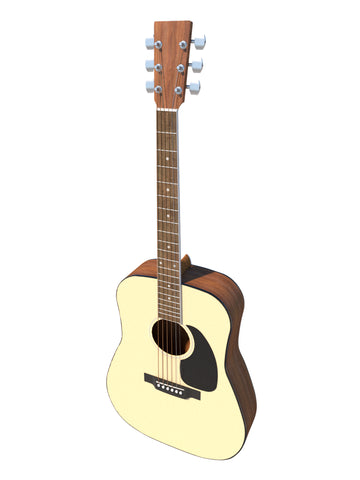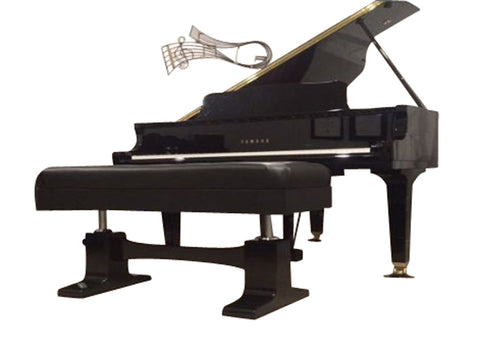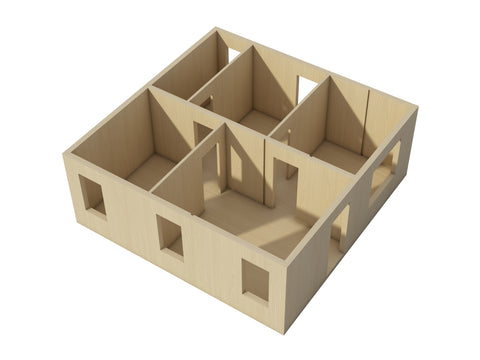Wooden Cigar Box Guitar Plans DIY 3 String Musical Instrument
How To Build Wooden Cigar Box Guitar
Cigar Box Guitar Plans
These Wooden Cigar Box Guitar Plans will step you through the process of building your own Cigar Box Guitar
What is a Cigar Box Guitar?
A cigar box guitar is an instrument with a resonator constructed from an empty cigar box. It has three or more strings and is played with the right hand. There are three methods of picking, and you can also use tablature to learn riffs and tunes. There are several options for choosing the right hand for playing your cigar box guitar.
How to make a cigar box guitar
First, mark the box's neck and tailpiece. The neck should sit about five centimeters from the box's top edge, and the tail piece should be about one-half the length of the box. Once you've marked the neck and tailpiece, you can proceed to cut them out.
The neck is the middle part of the guitar, and it will extend through the cigar box. The neck should be made of hardwood to withstand the tension of the strings. You'll find good recommendations for neck material on the plan's parts list. The neck board should be one-quarter inch thick and one-half inch wide.
Next, you'll want to add a guitar string. You'll want the guitar strings to be at least 12mm thick, and preferably wider than the box's top. Be sure to place the largest string at the top, and the smallest string at the bottom. Once the strings are in place, you can attach the tuner, which is usually located on the guitar's bridge.
To finish the cigar box guitar, you can use an aerosol lacquer. The lacquer you choose should be glossy or satin, and you can choose from two types. A glossy finish will give the instrument a shiny appearance, while a satin finish will give it a more subtle appearance. Hold the spray can about 12 inches away from the guitar's wood, and use the nozzle at a 45-degree angle to prevent the lacquer from hitting the wood. Apply several coats, if needed.
Three options for the right picking hand
A cigar box guitar has three options for picking hands: left, right, and thumb. If you want to make a more rustic looking guitar, you can use a screwdriver and knife to make holes in the wood. When you apply stain, the wood will show the marks.
The scale length is a key factor in the guitar's sound. A scale length of more than twenty-five inches will produce a higher sound, but a shorter scale will produce a deeper sound. Longer scales have higher string tension, which produces thick, warm tones.
When choosing which picking hand to use, keep in mind the type of cigar box guitar you're using. Most of these instruments have three to four strings, which allows for greater harmonic depth and range. Two-string instruments, which are called diddley bows, are more primitive. Five and six-string instruments are possible, but these are rare.
The three-string cigar box guitar is tuned GDG, and the four-string guitar is tuned GDGB. This makes it easy to play guitar songs and chords on these instruments. To learn the basics of playing a CBG, you can follow tablature or learn tunes and riffs by ear. You can also find books that contain standard notation.
The right picking hand is critical for playing a cigar box guitar. If you don't know how to properly tune your instrument, it can make your playing experience a lot more frustrating. However, once you learn the scale length, you can build the most accurate CBG.
Tablature for learning tunes and riffs
If you're trying to learn how to play tunes and riffs on a Cigar Box Guitar, this is the perfect guide! This downloadable PDF contains detailed instructions on reading and understanding tablature, playing rhythms, and using the slide. The score also includes scales and chord tone charts for further exploration.
Cigar Box Guitar Tabs are available for purchase. They are extremely clear and include information about tuning, tones used for recording, and helpful hints. Tabs come in a PDF format and require Adobe Acrobat Reader to view them. Most computers come with this free software installed on them.
All DIY plans are designed or reviewed by Ben Stone. Ben is a retired Engineer in Canada. Ben also drafts these himself using the latest AutoCAD software to ensure accuracy. He studied Engineering back in the early 1980's. After over 30 years in the Construction industry he developed a passion for building cool items around his farm and cabin. These are great DIY projects. With a little skill anybody can Do It Yourself. Ben is always a email away if you have any questions while building one of his projects. He is adding new plans all the time.









